
When it comes to aging healthily and happily, your physical mobility is a key factor.
Many people confuse mobility and flexibility, but the two are not the same. Flexibility is how far a muscle can safely and comfortably stretch, whereas mobility is how well you can control that muscle as it stretches.
Increased mobility can help prevent injuries, allowing you to exercise better and even live longer. It releases built-up tension within the body, improve your posture and sports performance, and strengthen your joints.
My morning stretches for improved mobility
Get Tri-state area news and weather forecasts to your inbox. Sign up for NBC New York newsletters.
As a fitness trainer, I constantly focus on improving my mobility; it keeps my body young and healthy.
I recommend doing mobility stretches in the morning, when your body feels the most stiff from sleeping. Here are the stretches I do every day:
1. Hip CARs
This exercise challenges your range of motion in almost a full 360 degrees, training your full-range hip mobility. Hip CARs "wake up" your glutes, hamstrings, core and abductors.
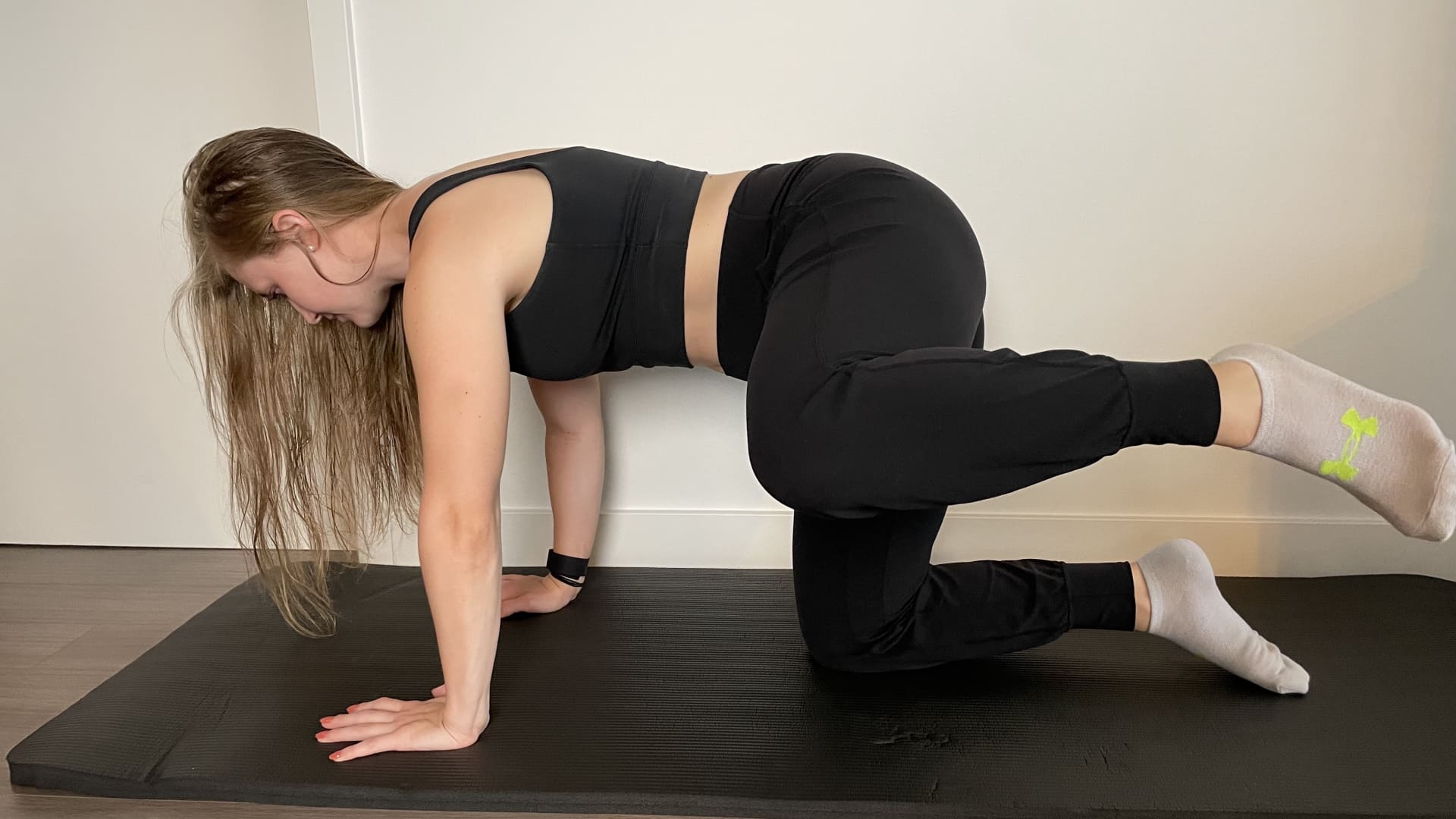
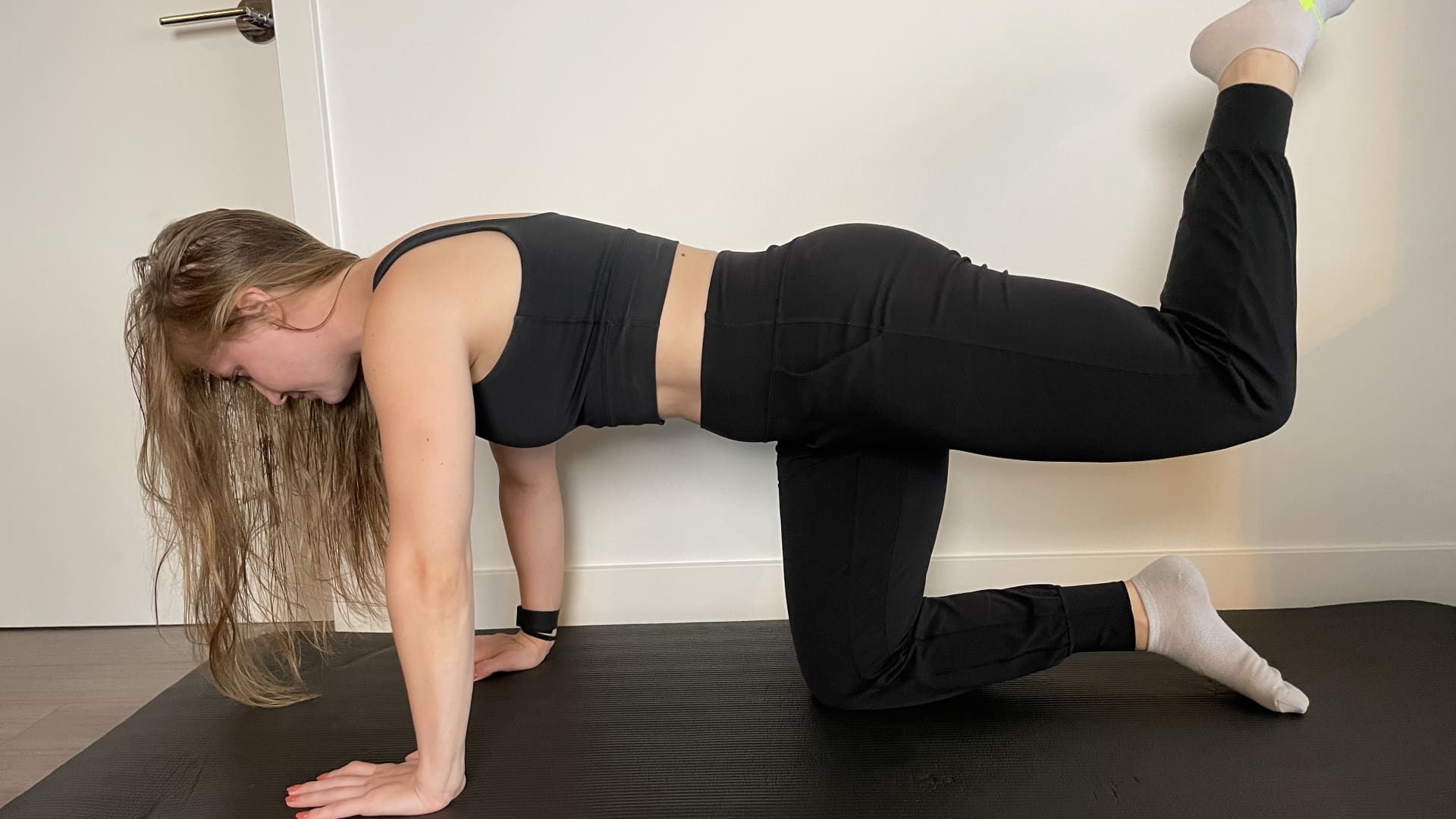
How to do it:
- Start with your hands and knees on the ground.
- While keeping your spine neutral and not shifting your weight, lift one leg to the side and bend it behind you.
- Return your leg back to the ground, then reverse the movement.
- Repeat six to eight times in each direction, on each leg.
2. 90/90 Hip Stretch
We're often in a neutral hip position (i.e., when sitting or walking), so these rotations can improve hip mobility and reduce low back pain by strengthening the muscles that support the back.

How to do it:
- Sit with your legs in a 90/90 position. One knee should be out to the side, bent in a 90-degree angle, with the bottom of your foot facing behind you. Place the other knee in front of you, bent in a 90-degree angle, with the bottom of your foot facing to the side.
- If this position alone is enough of a stretch for you, stay in it for 30 to 60 seconds on each side side.
- If you want to add extra movement, try leaning forward (lead with your chest, and don't round your back). You'll feel an intensified stretch in the outer part of your hip on the forward leg. Hold for three seconds, then sit back up.
- Repeat 10 times on each side.
3. Adductor Active Stretch
Your adductors (inner thighs) tend to be tight. These tight muscles can decrease the range of motion in your hip and cause knee pain. This stretch focuses on the mobility of the adductors.
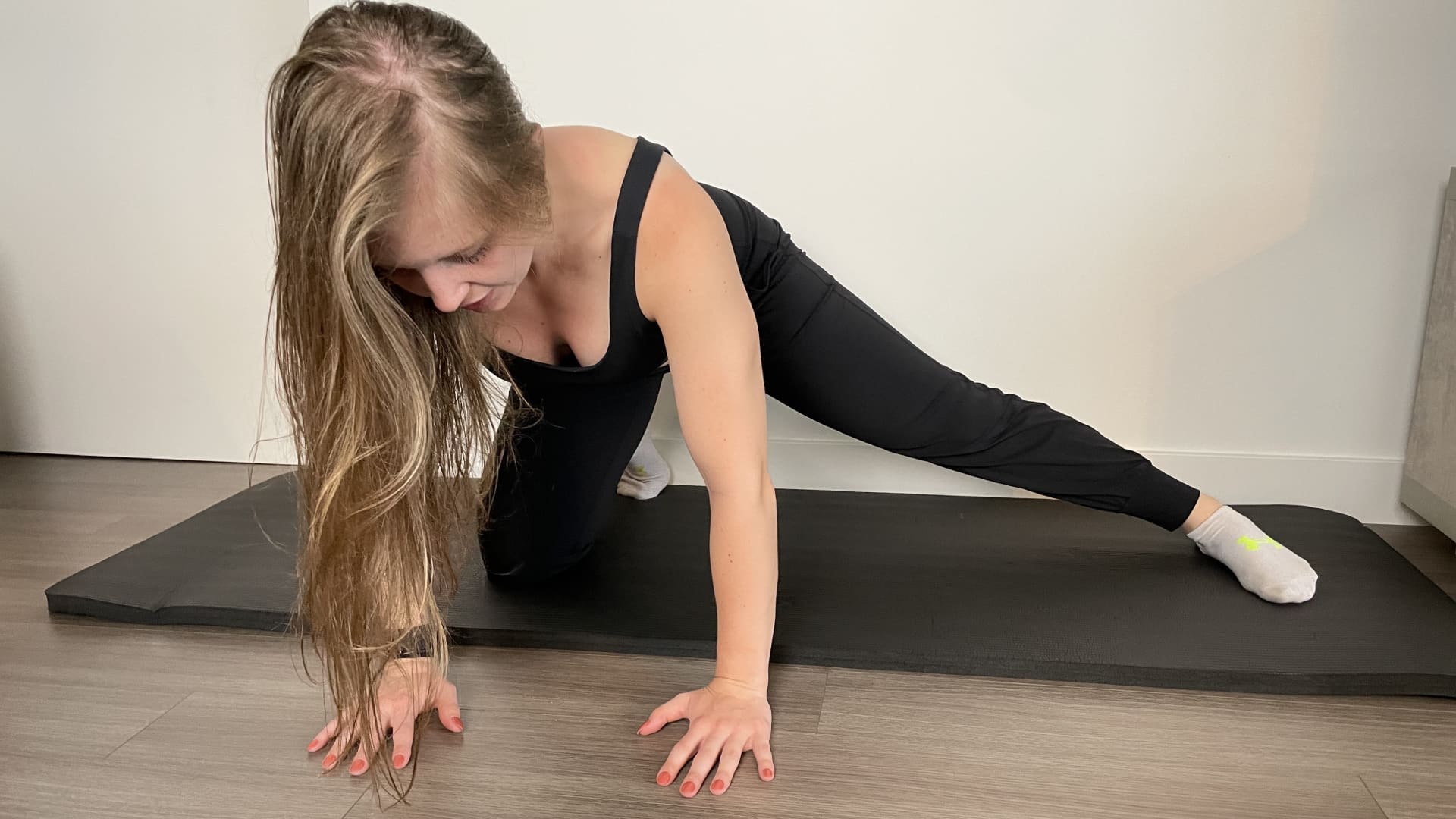
How to do it:
- Start on your hands and knees, but with your knees slightly wider than your hips.
- Extend and straighten one leg out to the side.
- Slowly rock your body back and forth.
- Repeat 10 times on each side.
4. Cat-Cow Pose
This motion helps improve spinal health by both strengthening and stretching the muscles that support and control your spine.
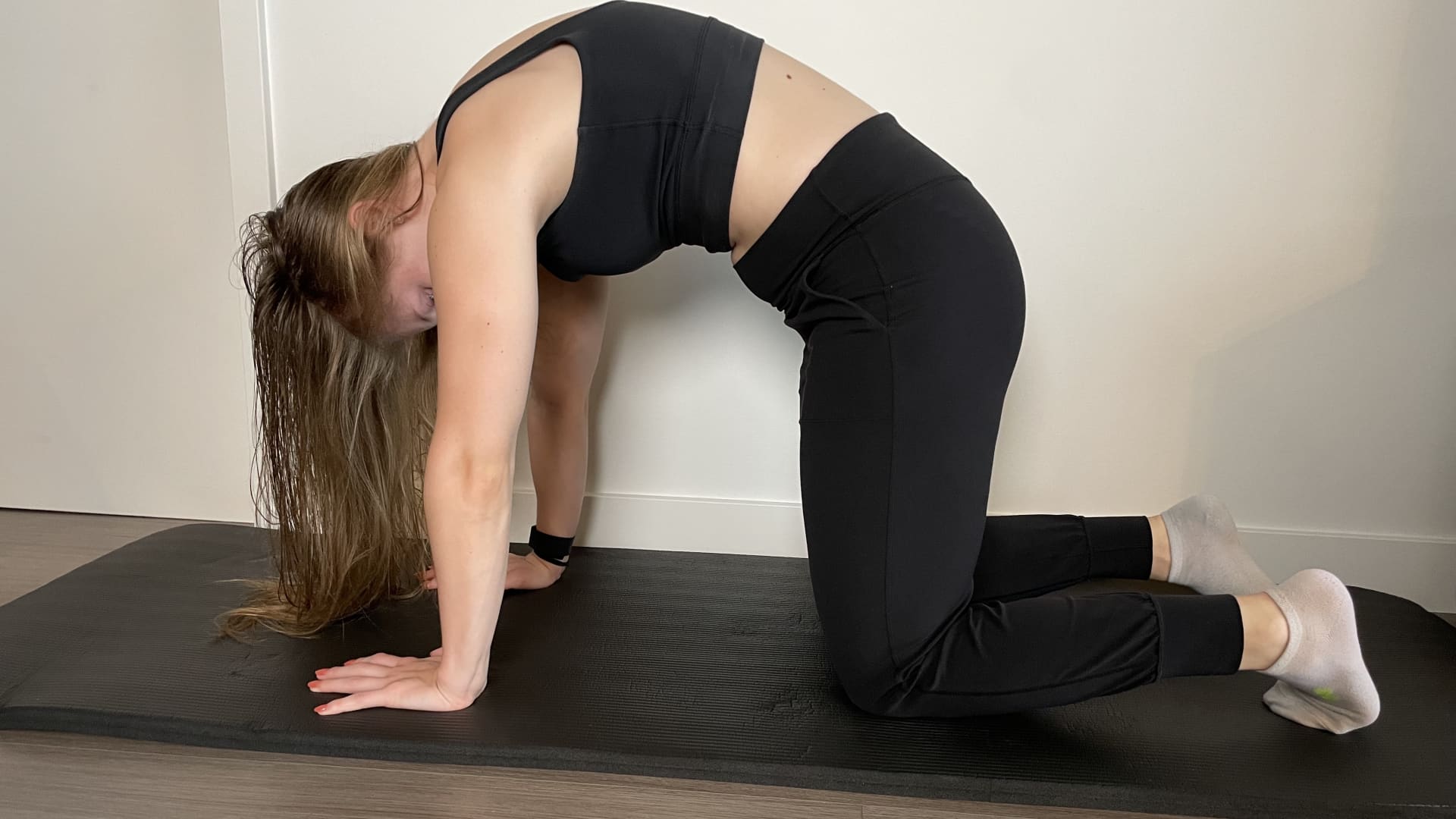
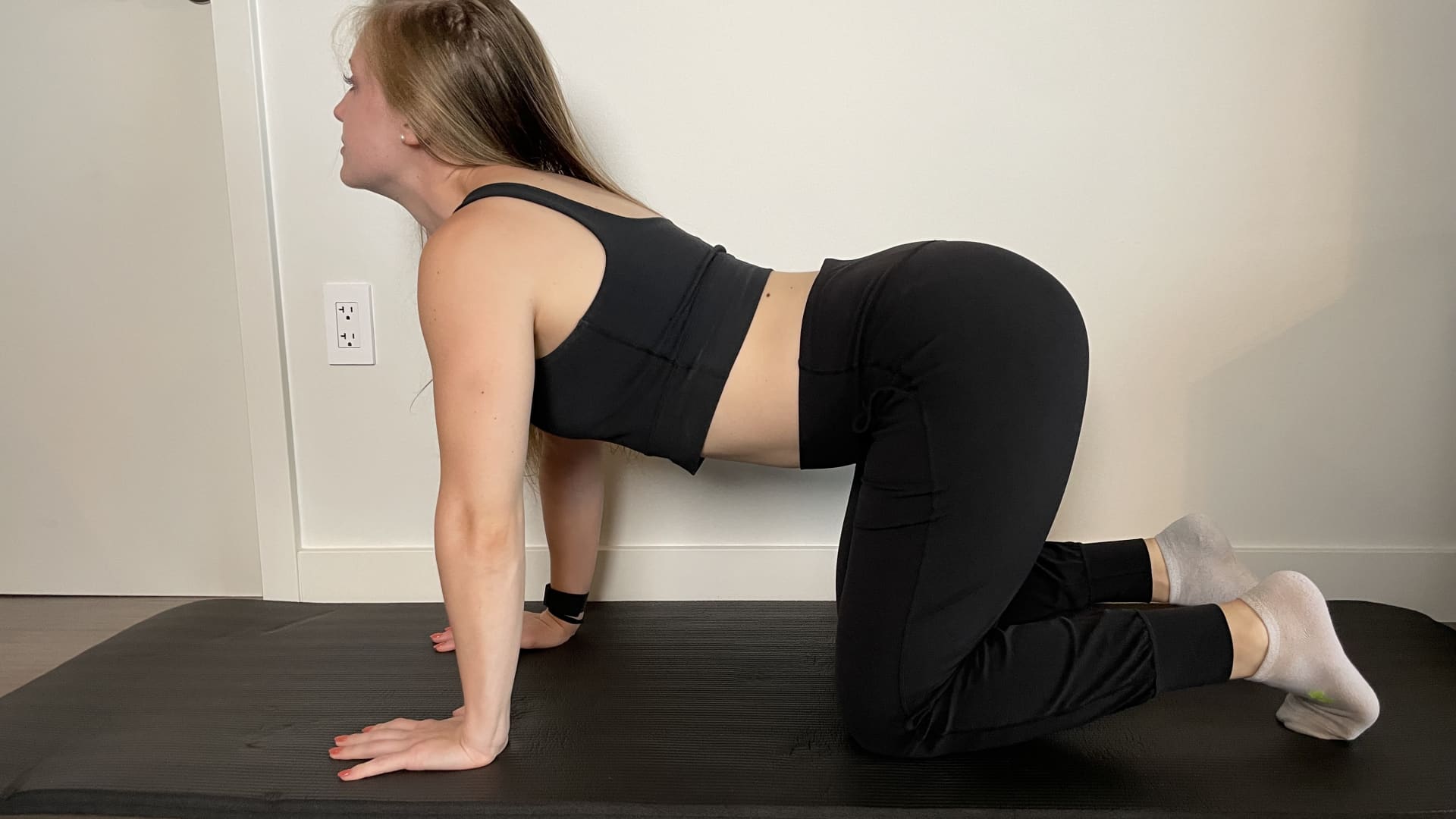
How to do it:
- Start on your hands and knees.
- Push your body away from the floor and round your back. Your head will end up between your arms.
- Arch your back and look up towards the ceiling.
- Repeat 10 times in each direction.
5. 6T Spine Twists
I've seen many people tweak their back by slightly twisting and stretching to pick something up. Improving mobility and training the body in this twisting motion can teach the body to safely move.

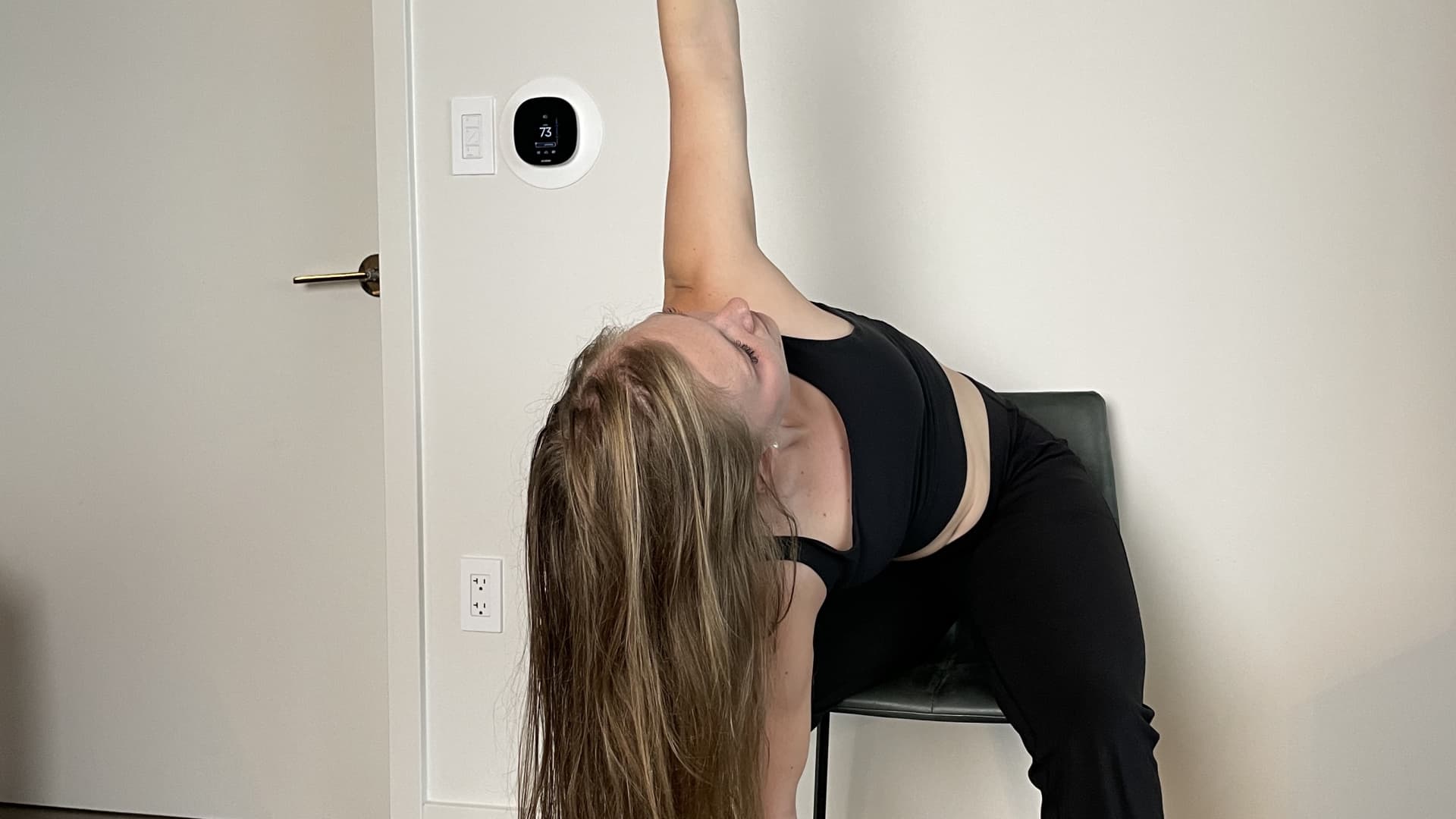
How to do it:
- Sit in a chair.
- Grab the inside of your right ankle with your right arm.
- Start with your left hand next to your right, then hold your arm straight and slowly rotate until your left arm is reaching towards the ceiling.
- Repeat 10 times on each side.
6. Shoulder CARs
As a ball-in-socket joint, the shoulders can move in many different directions. These shoulder circles challenge and improve your range of motion, reducing the chances of shoulder and neck pain.
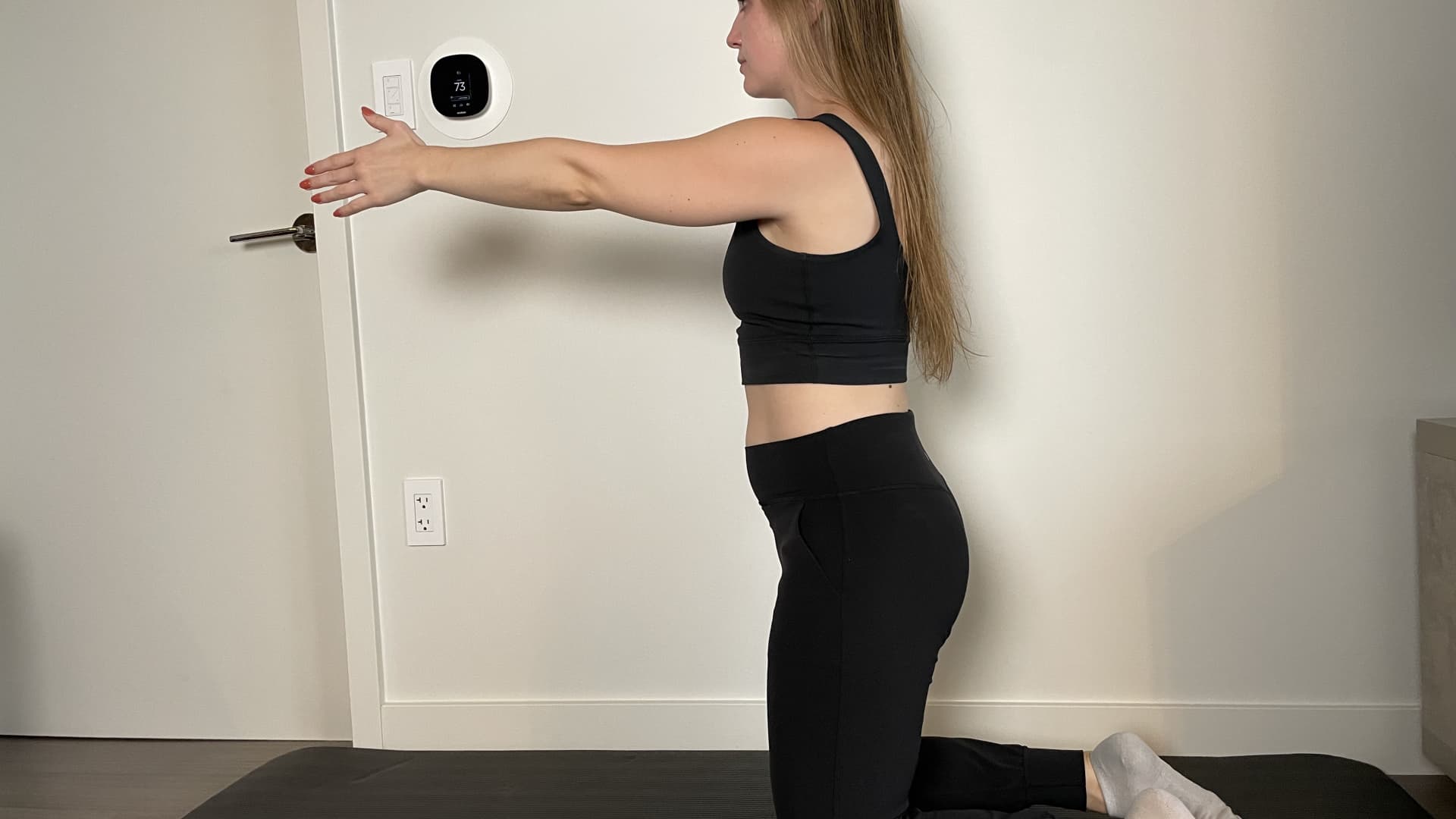
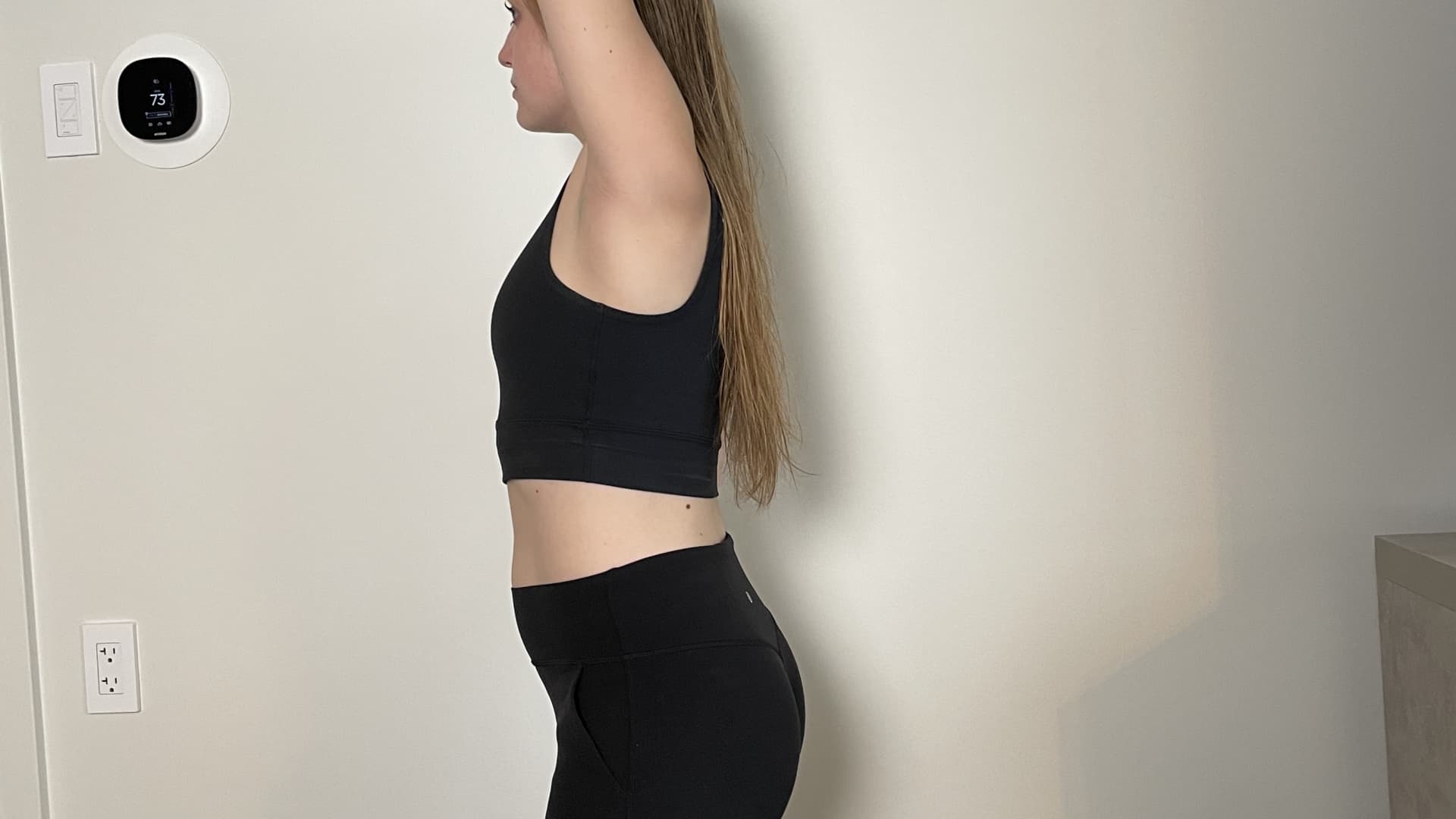
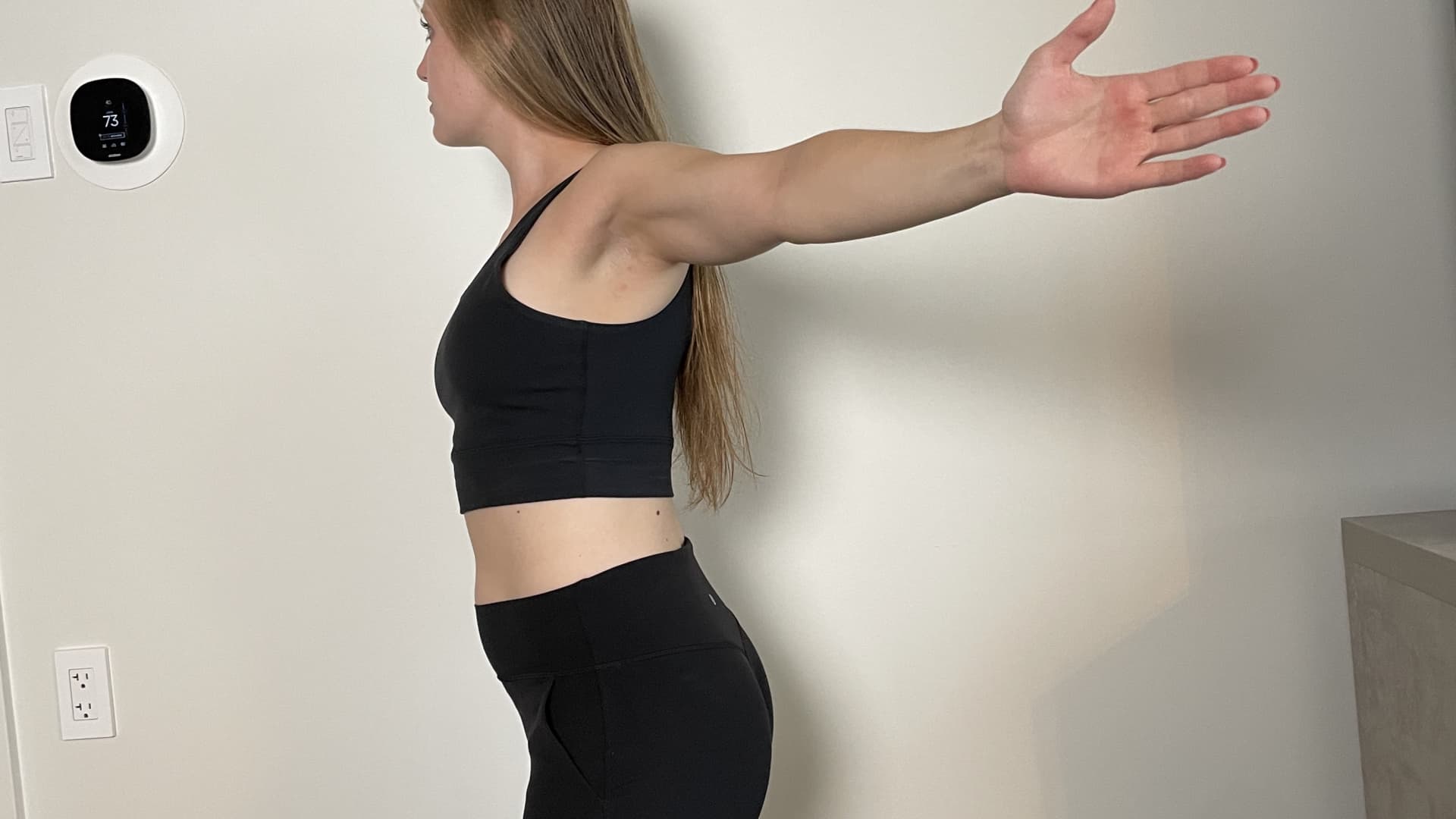
How to do it:
- Bring one arm out in front of you, with the thumb facing up, and reach as high as you can.
- Continue the circle by reaching behind you without turning your torso.
- Rotate your hand so your palm is facing out and your thumb continues to face the ceiling. This should be a slow movement as you continually move against your end-range.
- Do six to eight circles on each arm.
7. Neck Circles
The neck and shoulders are where a lot of people hold body stress and tension, so relaxing these muscles can ease overall tension, and may even help reduce headaches.
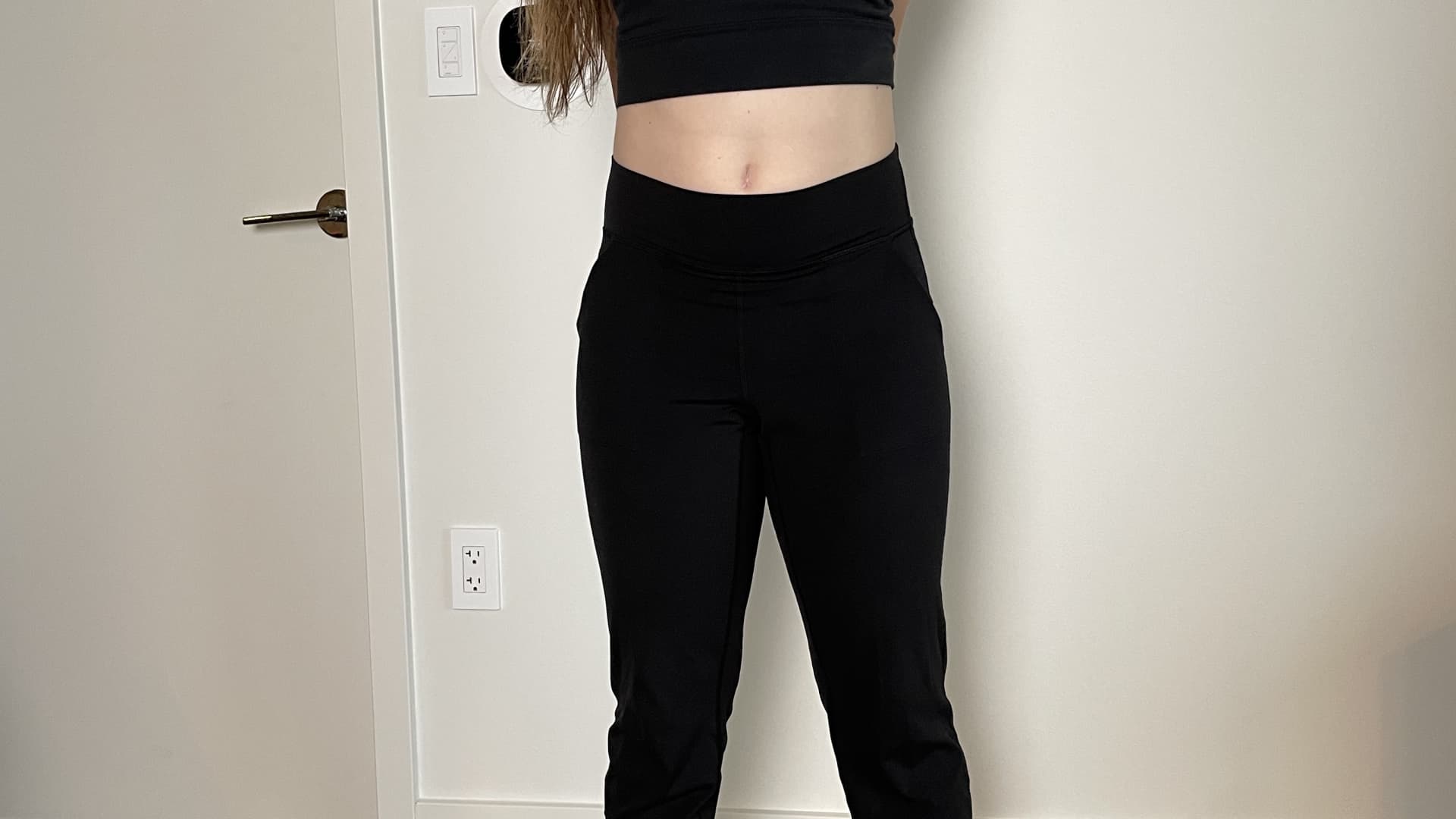
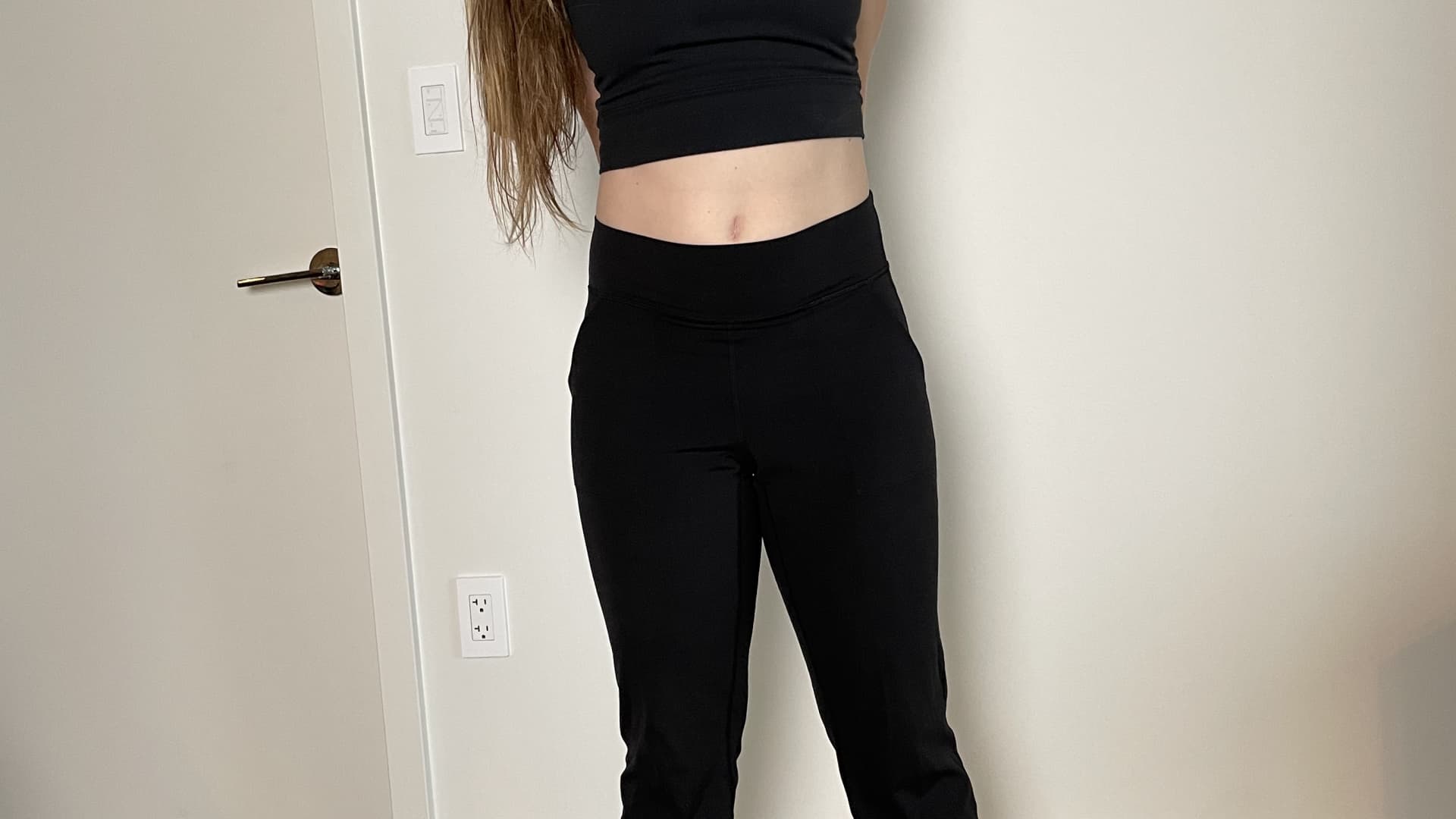
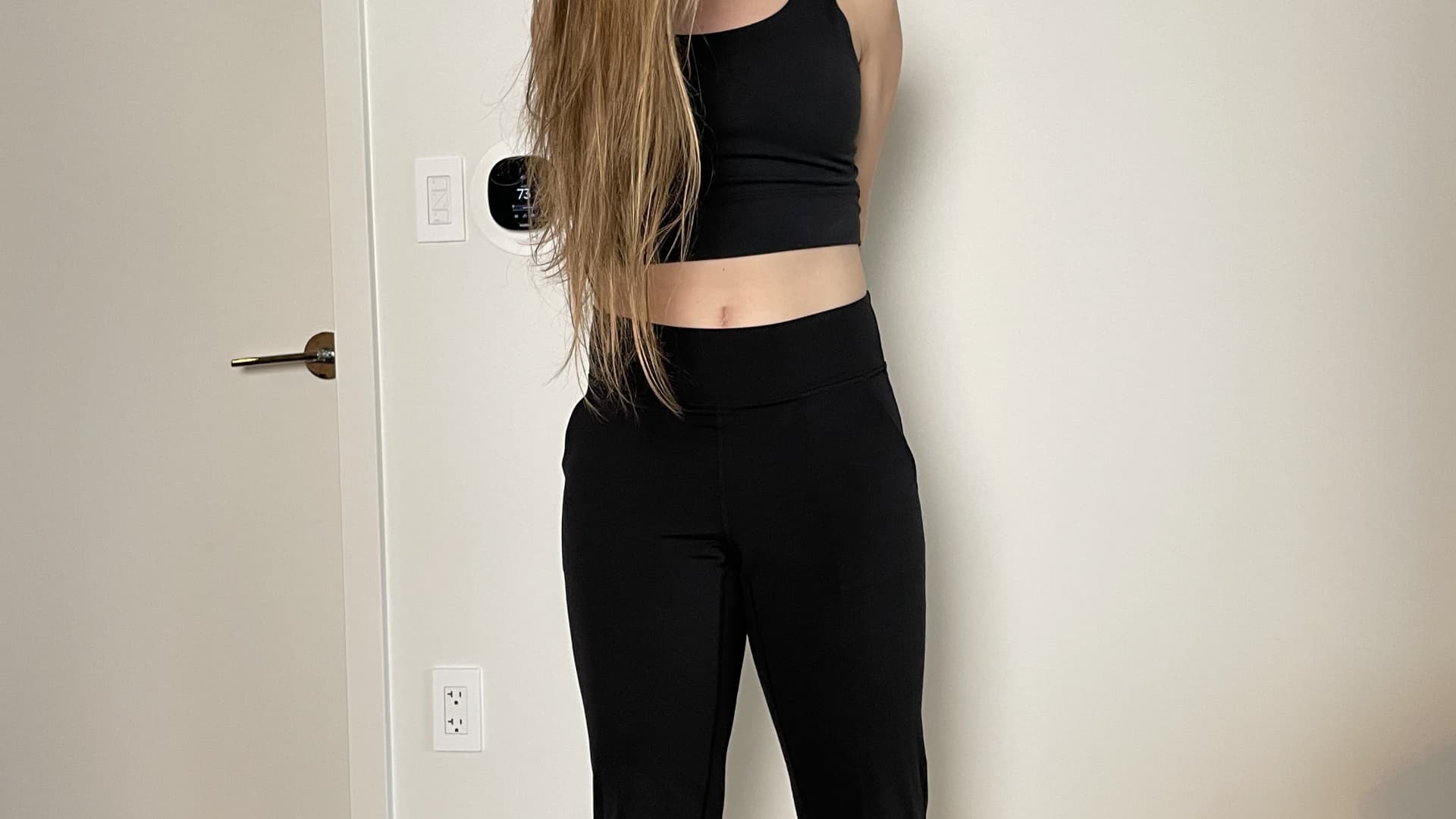
How to do it:
- Clasp your hands behind your back to help "pull" your shoulders back.
- Start with your chin to your chest, then slowly roll your head so your right ear goes toward your right shoulder.
- Slowly look up at the ceiling and continue the circle so your left ear falls towards your left shoulder, then return your chin to your chest.
- Reverse the direction.
- If any position in this circle feels extra tense, pause and allow the stretch to occur for about 30 seconds before continuing.
- Do three to four circles in each direction.
Keep in mind that these exercises are not for everyone. If you have a physical condition or health concerns, consult with your doctor before trying any of the stretches.
Money Report
Stephanie Mellinger is a certified personal trainer, corrective exercise specialist and nutritionist. She is also the founder of the fitness company Omnia Fit and a writer for HealthDay. Follow her on Instagram @omnia_fit_.
Don't miss:
- A longevity expert shares the diet, exercise and sleep rules he lives by for a longer, stronger life: These are ‘non-negotiable’
- To ‘stay healthy and strong,’ a dietitian eats these 5 staple foods of the Mediterranean diet
- A fitness trainer shares the 5 exercises she does every day to ‘look and feel younger’
Sign up now: Get smarter about your money and career with our weekly newsletter






